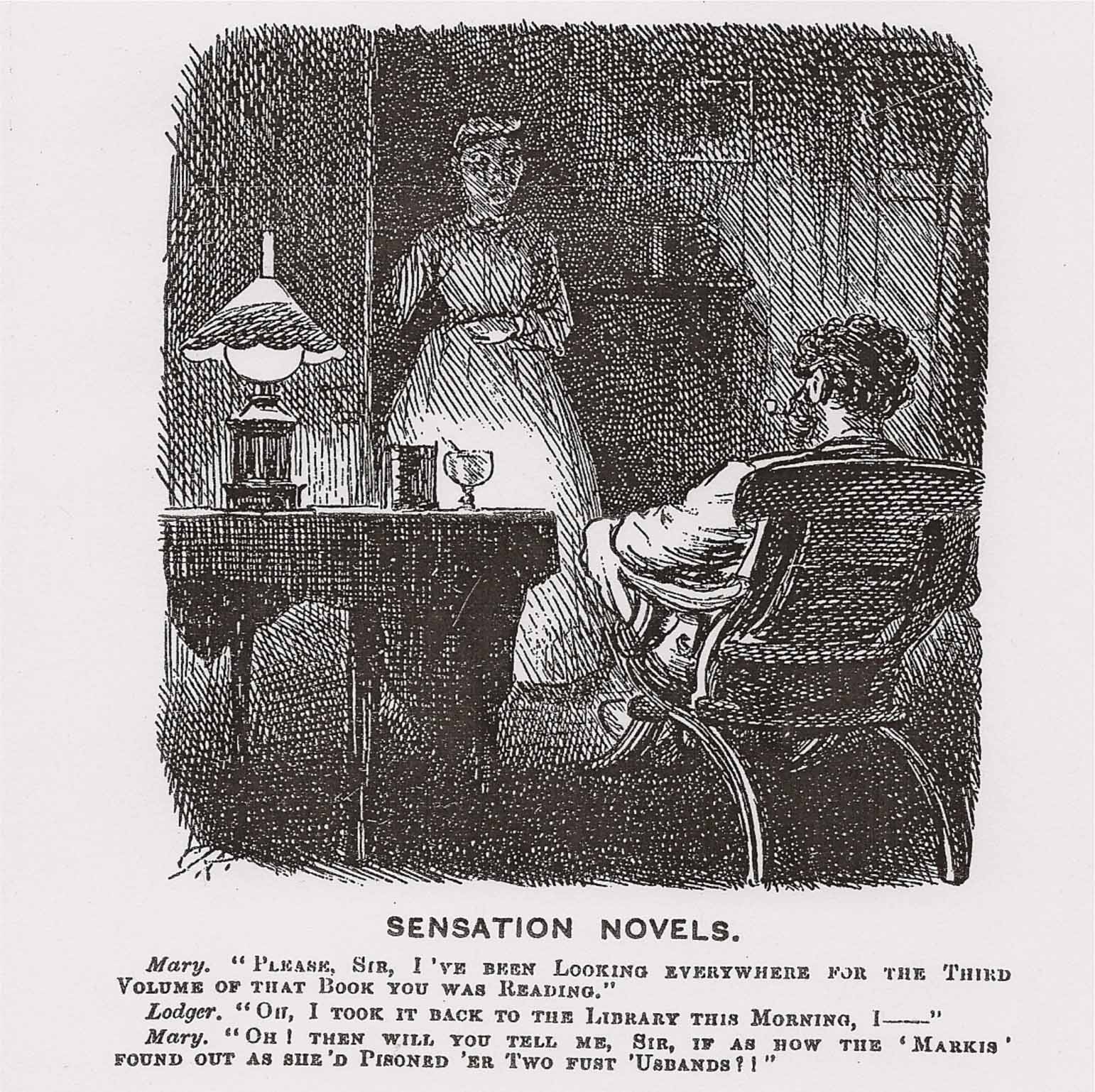Ghostly Reference
by Elaine Freedgood
Ghostly reference is a malleable aspect of representation, a formal nexus that allows for the free play of belief and the production of worlds—two necessary conditions for the formation and sustenance of the liberal subject. In various fictions and one historical circumstance, this essay tries to take ghosts literally, to ask what they are as well as what they mean.
ELAINE FREEDGOOD is Professor of English at New York University, where she works on Victorian literature and culture, critical theory, and the history of the novel. She is the author of Victorian Writing About Risk: Imagining a Safe England in a Dangerous World (Cambridge 2000) and The Ideas in Things: Fugitive Meaning in the Victorian Novel (Chicago 2006). Her current project is called “Worlds Enough: Fictionality and Reference in the Novel.”
“Ghostly Reference” is from Representations’ special issue Denotatively, Technically, Literally. The introduction to the issue by Elaine Freedgood and Cannon Schmitt is available online free of charge.




